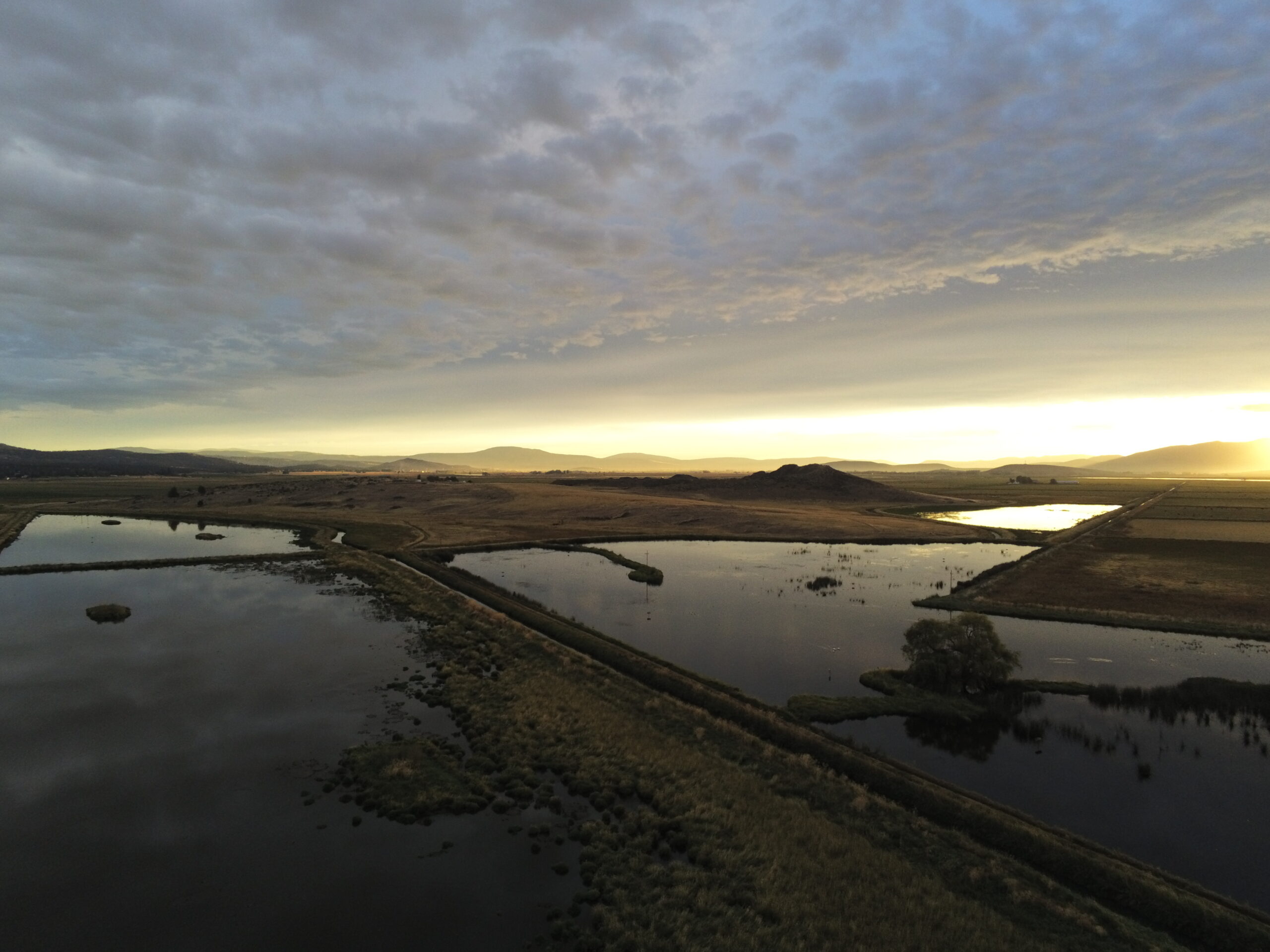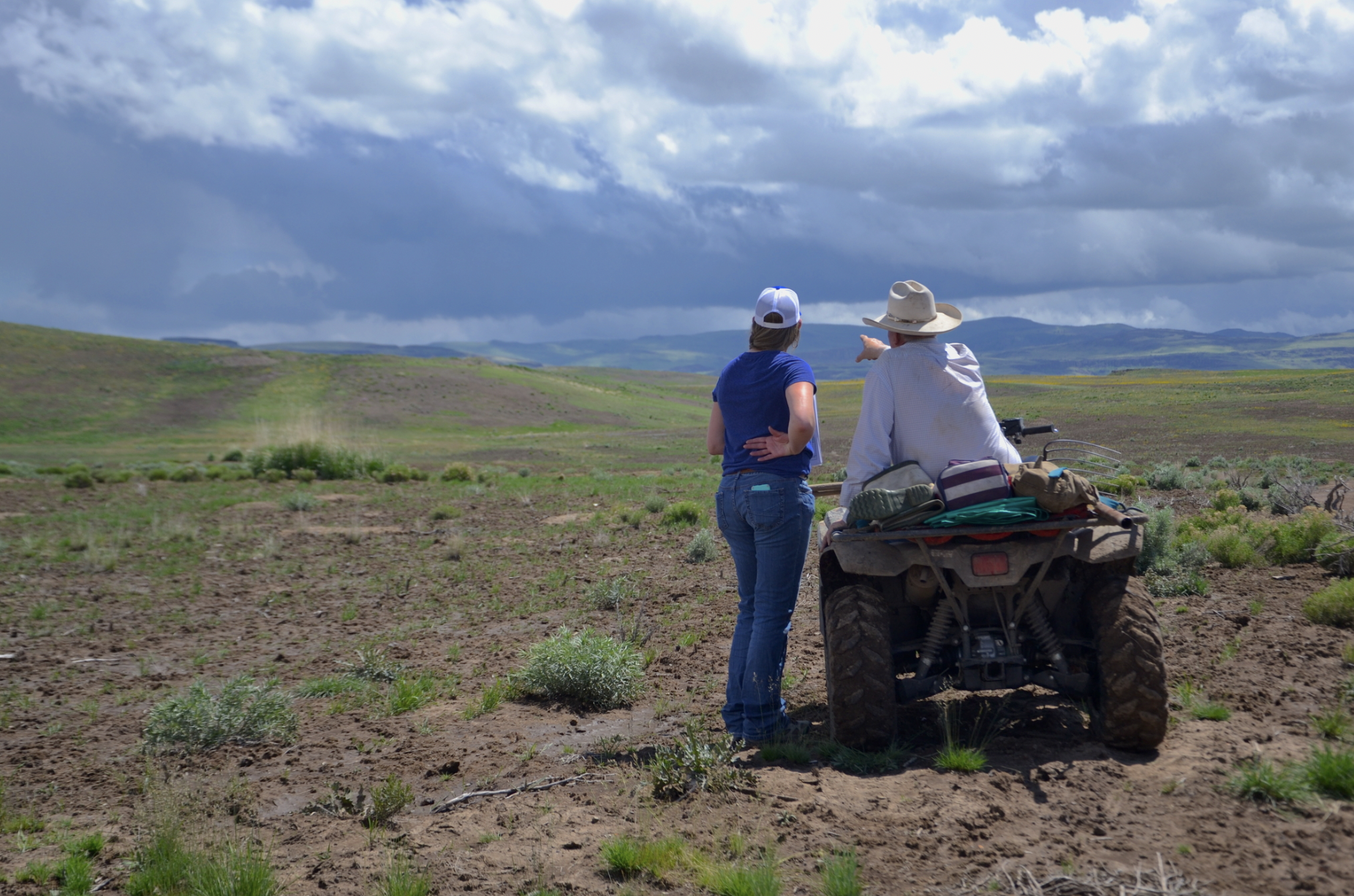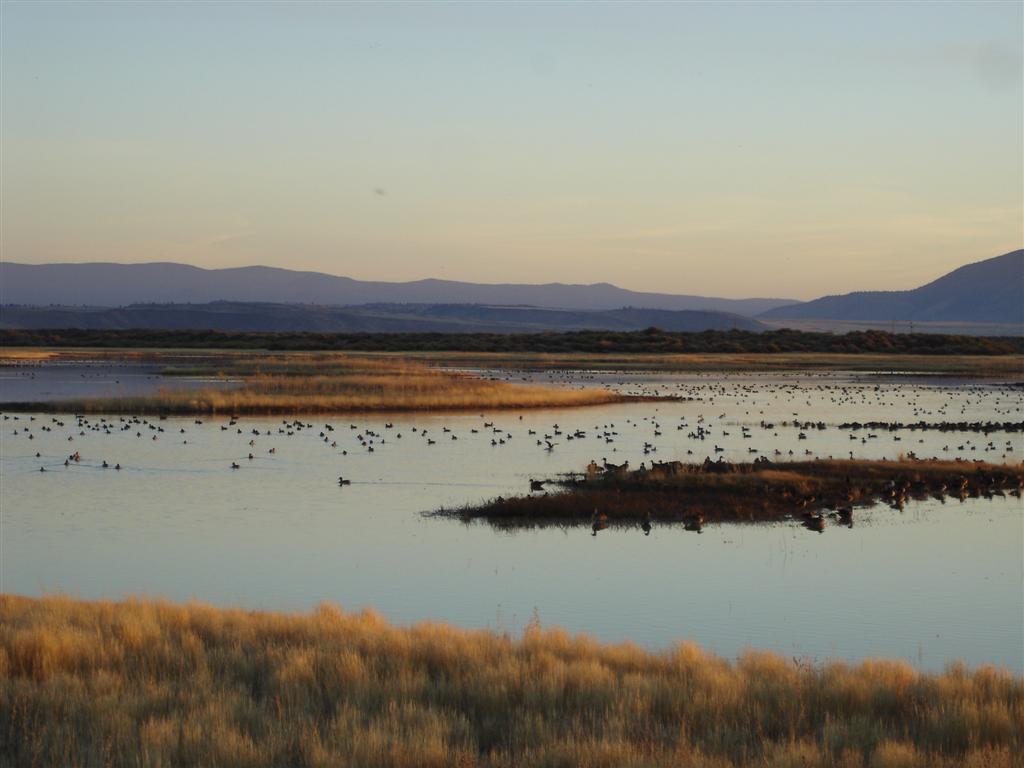-

·
Klamath Basin Farming and Wetland Collaborative Regional Conservation Partnership Program
The Klamath Basin’s wetlands historically provided an abundance of important year-round habitat for waterfowl and waterbirds. Those same wetlands—and the water that feeds them—also sustain fisheries and people, from farmers and ranchers to the tribes who have called this place home for time immemorial. Wetlands were and remain a vital part of the ecosystem; a…
-

·
Annual Operational Plan
Annual operational plan The Intermountain West Joint Venture’s Annual Operational Plan establishes the priorities, activities, and budget for the current federal fiscal year. This operational plan focuses our team on efforts that help us realize the highest possible return on investment as we support habitat conservation through partnerships across 486 million acres of the West.
-

·
The Small Grants Getting Wetland Conservation on the Ground in the West in a Big Way
NAWCA, or the North American Wetlands Conservation Act, was passed in 1989 to protect, restore, and enhance wetland habitats for birds. The NAWCA program provides matching grants to wetlands conservation projects in the United States, Canada, and Mexico. For more information, check out the NAWCA website. One day, Liam O’Connor might be found reseeding a…
-

·
Fueling Conservation, New Agreement Around Wildfire Management and Restoration
Partner engagement is needed to implement new fuels and fire management agreement between the Bureau of Land Management and Intermountain West Joint Venture. Building on seven years of success founded on innovative intra-agency agreements, the Bureau of Land Management (BLM) and Intermountain West Joint Venture (IWJV) are kicking off the next level of their partnership.…
-

·
Big Changes for NAWCA in FY 2024
In January 2023, the North American Wetland Conservation Grant Program announced significant changes to its programs that will go into effect the first funding cycle of Fiscal Year 2024. Major Changes/Updates See a PDF of this list here. The following items are no longer required on the Project Officer’s Page: Regional Information: List of State(s)…
-

·
Targeted Conservation Program Benefits Community, Wildlife in the San Luis Valley
The final project funded by the 2022 round of the “Enhancing Flood Irrigation on the Rio Grande Corridor” Targeted Conservation Program (TCP) in Colorado’s San Luis Valley is an extensive one. A series of sloughs on the project property need to hold diverted irrigation water each April for the farmer to have a successful growing…
-

·
10 Tips for a NAWCA Grant Application
Applying for a North American Wetland Conservation Act (NAWCA) standard or small grant may seem like a ton of work. We’re not here to tell you that it isn’t (because it IS a ton of work), but we will tell you how to make the process smoother for you and your partners. NAWCA conservation partnerships…
-

·
North American Wetlands Conservation Act
Protecting, restoring and enhancing wetland habitats for birds since 1989. In the past two decades, the North American Wetlands Conservation Act (NAWCA) has funded over 3,300 projects projects for over 7,000 partners, conserving more than 32.6 million acres of vital habitat. These efforts have been made possible through $2.28 billion in grants and an additional…
-

·
Klamath Basin Farming and Wetlands Coalesce in RCPP
The U.S. Department of Agriculture (USDA) announced last week that it is investing $3.8 million in the Klamath Basin Farming and Wetland Collaborative project in the Klamath Basin through the Natural Resources Conservation Service (NRCS) Regional Conservation Partnership Program (RCPP). This investment will bring some much-needed relief to farmers and migratory birds over the next…
-

·
Partnering Up to Conserve a Watershed from the Headwaters Down
Utah’s Bear River Land Conservancy and Idaho’s Sagebrush Steppe Land Trust each faced an issue well-known to conservation organizations around the Intermountain West: too much work to do and too few people to get it done. On top of that, both organizations recognized the need for a position that could circumvent the conservation barriers presented…
Topic: Funding
-

·
Annual Operational Plan
Annual operational plan The Intermountain West Joint Venture’s Annual Operational Plan establishes the priorities, activities, and budget for the current federal fiscal year. This operational plan focuses our team on efforts that help us realize the highest possible return on investment as we support habitat conservation through partnerships across 486 million acres of the West.